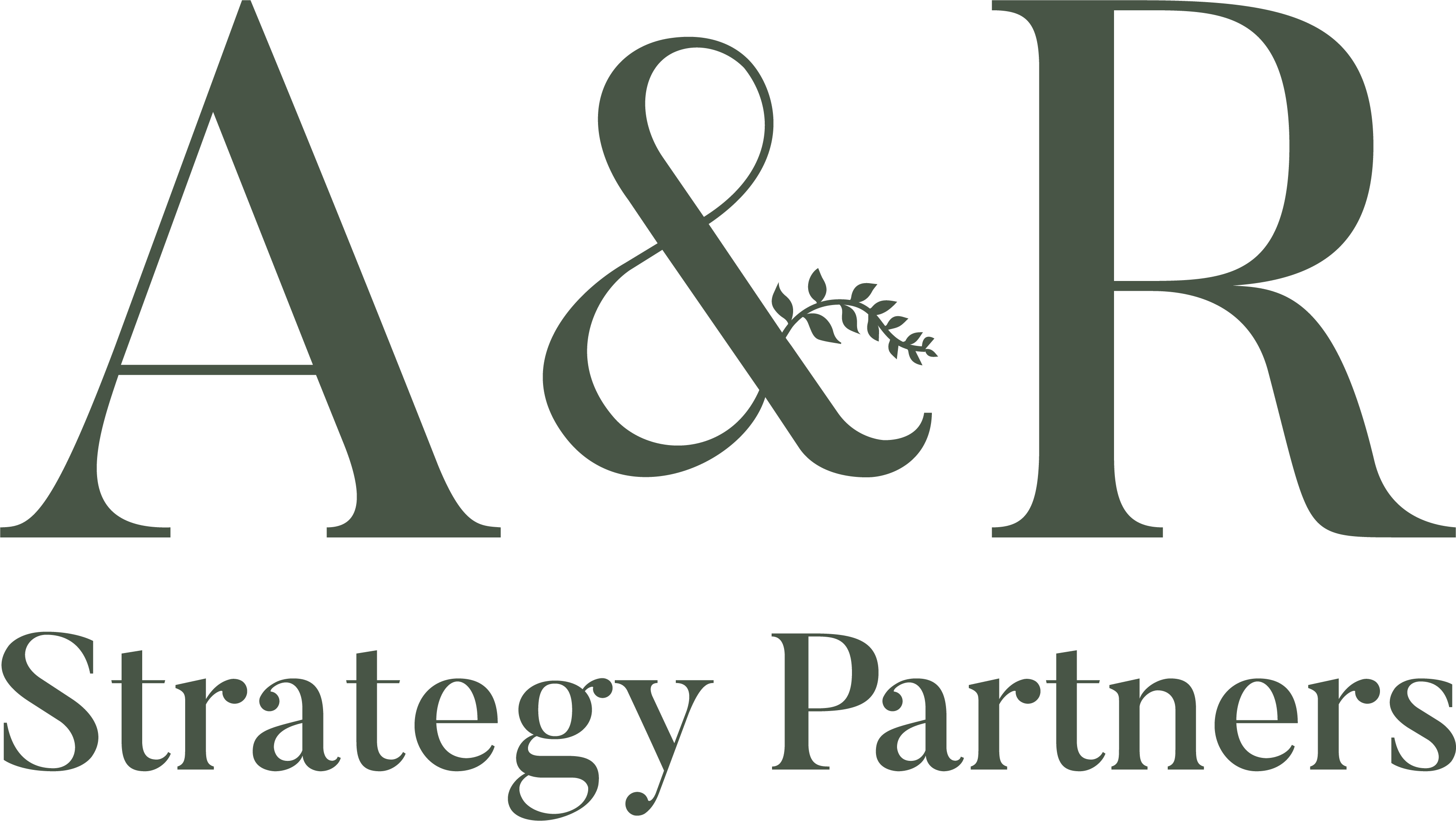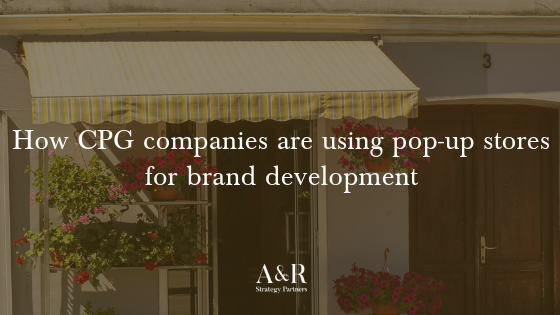Consumer expectations continue to drive changes in food and beverage branding. According to CB Insights, here is a run-down of consumer preferences, how CPG companies are responding, and the benefits of establishing a pop-up retail store.
Consumer preferences
The taste of a consumer is a fluctuating and dynamic factor that companies are always measuring, observing, and following. Depending on the year, the trend, or social movements, preferences change and CPG companies must pay attention.
Consumers look for long-term benefits
Customers are currently scouring the shelves for products that are health-focused. Vegan and gluten-free options have become mainstream, along with products high in protein and plant-based products with ingredients that are beneficial to consumers’ overall well-being.
Looks do matter
Customers prefer bold colored products and packaging. Consumers are drawn to products that are visually appealing and primed for posting on social media.
Transparency is key
Customers want to know what they are buying. CPG companies have tended to show products online as they would in stores- by putting up photos of the packages. Online brands have the freedom to highlight the products within the packages, using photos to make the products more appealing to customers as they can take a look inside the package.
Products that promote a lifestyle
Products that are personalized or that emphasize convenience are desirable to younger consumers. Hands-on experiences where the consumer is in control are a popular and desirable choice now.
Companies are experimenting with pop-up retail
CPG companies are responding to consumers’ tastes and are altering the way they market and deliver products. CPG leaders such as M&M’s, Snickers, Unilever, Frito-Lay, Kellogg’s, and Coca Cola have experimented with pop-up retail stores to gather data, directly connect with consumers, and build their brand, as they react to feedback from consumers. The growth of “Order Online, Pick Up (or Delivery)” from stores is quickly changing the traditional grocery environment for many CPG products.
Consumers seek newness
Consumers are always looking for new and alluring products but for CPG companies, the development of new products is a long and expensive process and it’s even more difficult to convince retail partners of shelf value. Pop-up shops accelerate product testing by allowing direct consumer interaction and shortening data gathering into a few days rather than a few months. Here is how Unilever, Frito-Lay, and Kellogg’s are utilizing pop-up stores to boost their brand.
Unilever
Unilever’s St. Ives pop-up store allows consumers to choose their own ingredients to make a product. The company notes the ingredients that consumers select most often in order to develop future products that will align with current consumers’ preferences.
Frito-Lay
Cheetos launched The Spotted Cheetah, a 3-day restaurant with a menu developed by Anne Burrell. All reservations on OpenTable were booked within the first 6 hours, leading to social media buzz and mentions on blogs and news channels such as CNN and Fox News.
Kellogg’s
Kellogg’s broke away from the one-dimensional impression of cereal with their pop-up gourmet cereal shop in NYC. The store allows consumers to try their own creations, by mixing cereals and topping with additional ingredients such as fruit or chocolate.
The benefit of a pop-up store
Large CPG brands are trying to pinpoint consumer preferences and are experimenting with pop-up stores to develop their brand in a quick and financially responsible way.
Customization
Brands don’t have to follow the rules of the grocery store at their pop-up store. They can create new products, tailored to consumer preferences, and let the customer experiment! If the consumer wants to combine two chip flavors and add an extra ingredient to the mixture, they can do that and walk out with a custom purchase.
Customer insights
CPG companies are able to develop genuine relationships with their consumers while gathering data at the same time. Companies don’t normally interact with customers directly, as the retailer is their current direct contact. Through pop-up shops, CPG companies can utilize real-world interactions to gather insights about likes, dislikes, and even the sales process.
Building the brand
Pop-up shops create a social media buzz and catch the attention of news outlets and other big brands. Developing share-worthy moments can boost your brand and grab the attention of current or new customers. It gets people talking and that can only lead to more exposure.
Pop-up shops are beneficial to CPG companies and have proven useful when it comes to improving consumer relations, experimenting with product components, and building a brand. Whether you are a restaurant that wants to test out a menu or beauty line that needs to gather scent preferences, a pop-up shop is an accessible way for companies to connect directly with their consumers.

